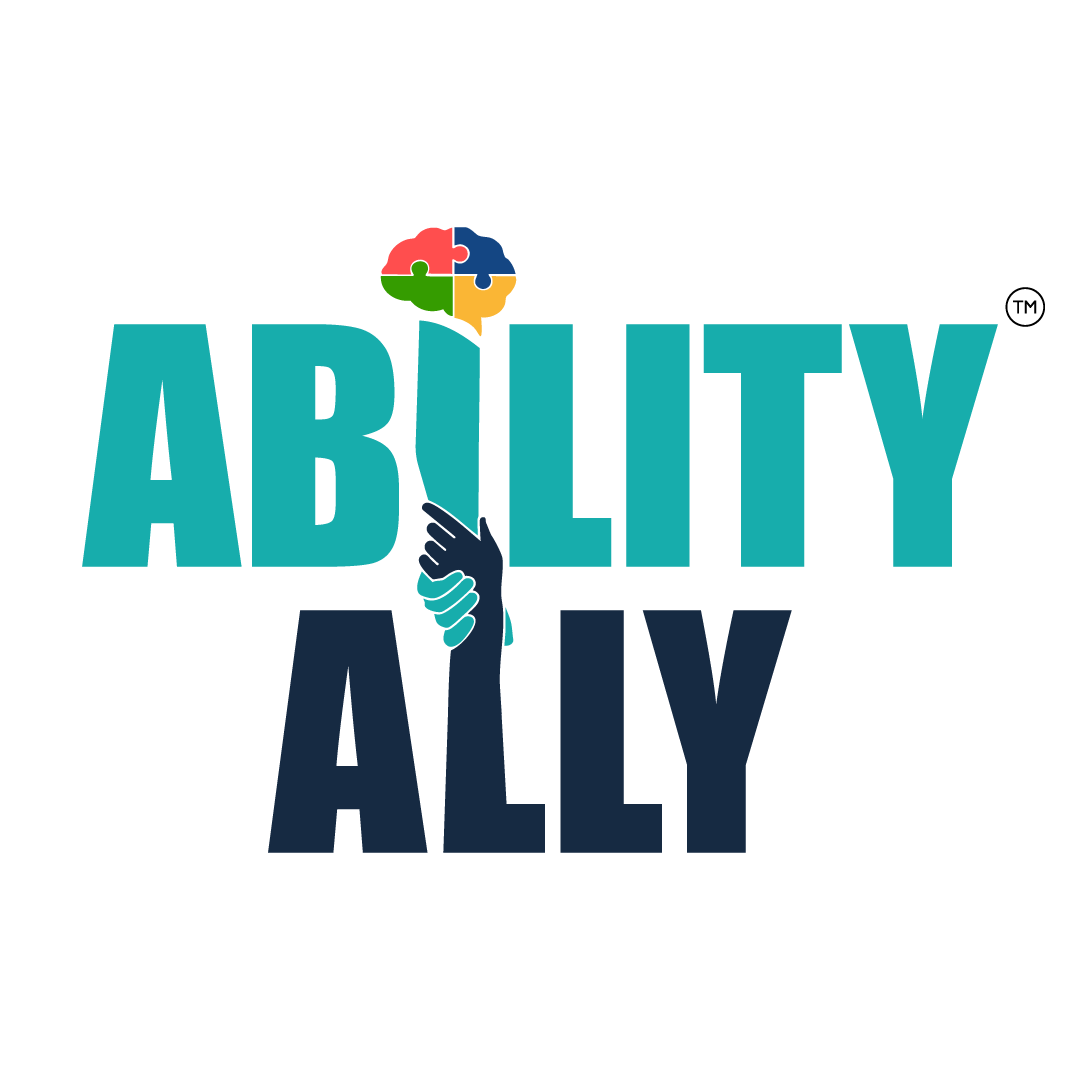Inclusion is not just a buzzword—it’s a transformative approach that promotes belonging, understanding, and opportunity for all children, no matter their abilities. For children with disabilities, living in an inclusive community can change lives. It opens doors to friendships, learning experiences, and personal growth, while also benefiting the broader community. Unfortunately, societal stigma often creates barriers to true inclusion. By understanding the value of inclusive education and community programs, we can work together to break down these barriers and create a more equitable world.
The Importance of Inclusive Education
Inclusive education involves creating classrooms where children of all abilities learn together, side by side. This approach celebrates diversity and promotes equity by ensuring every child has access to quality education. Here’s why inclusive education matters:
- Fosters Empathy and Understanding: Inclusive classrooms expose children to peers with diverse experiences, helping them develop empathy, acceptance, and interpersonal skills.
- Builds Confidence in Children with Disabilities: Being part of a mainstream environment boosts self-esteem and reinforces the idea that every child has a rightful place in society.
- Enhances Learning for All: Research shows that inclusive education benefits all students. Teachers are encouraged to adopt creative, adaptable methods to meet varied needs, which results in a more engaging and effective learning experience for everyone.
Community Programs: A Pathway to Inclusion
Inclusive community programs extend beyond schools to provide spaces where children with disabilities can connect, grow, and contribute to their communities. These programs—such as sports teams, art workshops, and after-school clubs—offer a variety of benefits:
- Skill Development: Tailored activities accommodate different abilities, helping children gain new skills and build confidence.
- Social Opportunities: Inclusive programs foster meaningful friendships between children with and without disabilities, promoting social integration.
- Family Support: Families find strength and solidarity in communities that embrace their children’s differences and provide shared resources and experiences.
Addressing the Stigma
The stigma surrounding disabilities often arises from a lack of understanding and exposure. Here are some effective ways to change perceptions and break down barriers:
- Educate Early: Introduce children to the concepts of diversity and disability through books, discussions, and school programs. Early exposure normalizes differences and helps to reduce prejudice.
- Promote Positive Stories: Share the achievements and strengths of individuals with disabilities to shift the narrative from focusing on limitations to highlighting potential.
- Language Matters: Encourage the use of person-first language, such as saying “child with a disability” instead of “disabled child,” to emphasize the individual over the condition.
- Community Awareness Campaigns: Host events, workshops, and media campaigns to educate the public about the importance of inclusion and the value of diversity.
How You Can Contribute
Creating inclusive communities starts with each of us. Here’s how you can make a difference:
- Be an Advocate: Speak up for policies and practices that promote inclusion in schools, local organizations, and community events.
- Support Local Initiatives: Volunteer your time or donate to organizations working to create inclusive opportunities for children with disabilities.
- Practice Inclusion: Encourage your child to invite classmates of all abilities to playdates, birthday parties, and social events. These small actions can go a long way in fostering friendships and building a more inclusive social environment.
The Ripple Effect of Inclusion
When communities embrace inclusion, everyone benefits. Children with disabilities gain access to opportunities that empower them to reach their full potential, while their peers learn valuable lessons about diversity, compassion, and collaboration. Over time, inclusive communities become stronger, more cohesive, and better reflect the values we all strive for: equality and respect.
Conclusion
Breaking the stigma surrounding disabilities requires a collective effort. By championing inclusive education and community programs, we can pave the way for a society that celebrates each child’s unique abilities. Together, let’s build communities where no child is left behind and where diversity is seen as a strength, not a challenge.
